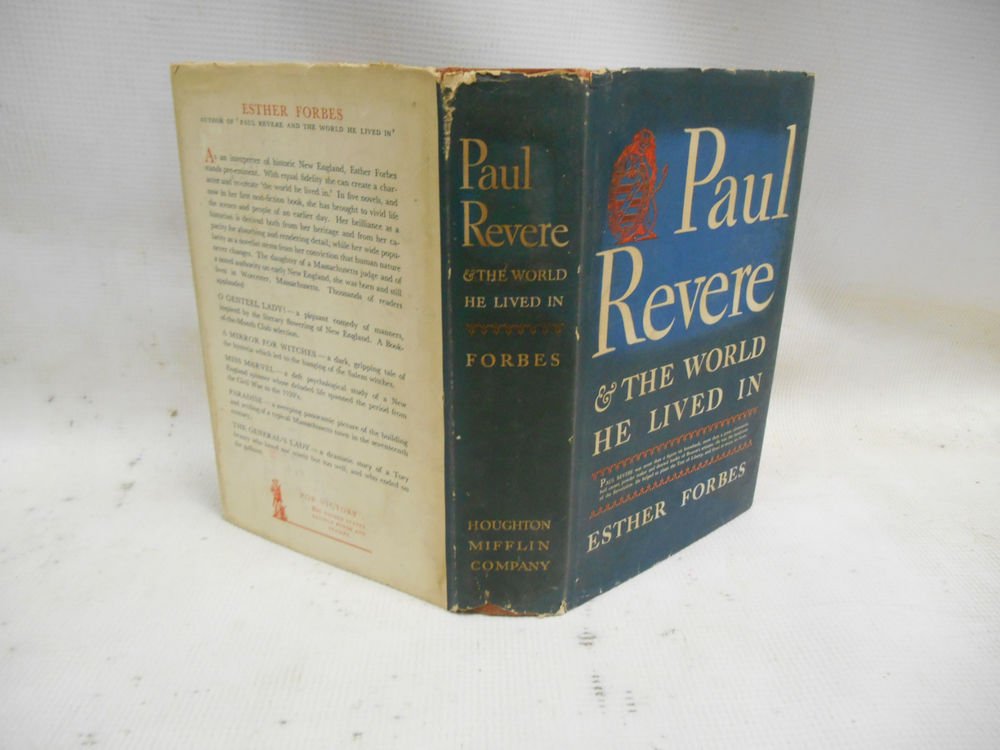

The self-consciously historical area in which she grew up, family legends (especially those about an ancestor named Esther, an accused witch who died in a Salem prison), and Forbes' mother's professional interest in old gravestone inscriptions, diaries, and logs all contributed to making Forbes "a novelist who wrote like a historian and a historian who wrote like a novelist," as the New York Times described her. Forbes was the first woman member of the American Antiquarian Society and received seven honorary degrees. The height of her fame came in the 1940s when she won first the Pulitzer Prize in History for Paul Revere and the World He Lived In (1942) and then the Newbery Medal for Johnny Tremain: A Novel for Young and Old (1943). At the time of her divorce in 1933, she had already made a literary reputation as a historical novelist with O Genteel Lady! (1926) and A Mirror for Witches (1928). Returning to New England, she became an editor from 1920 until her marriage.ĭuring her marriage, Forbes traveled extensively abroad and continued to write. She graduated from Bradford Academy in 1912 and studied at the University of Wisconsin (1916-18) before serving as a farmhand in Virginia in response to the war effort. Hoskins, 1926 (divorced)Įsther Forbes was the youngest of five children her father was a judge, her mother a historian. and Harriette Merrifield Forbes married Albert L. Born 28 June 1891, Westborough, Massachusetts died 12 August 1967, Worcester, Massachusettsĭaughter of William T.


 0 kommentar(er)
0 kommentar(er)
